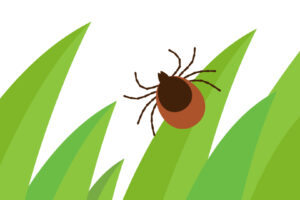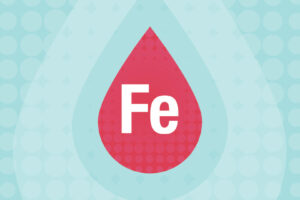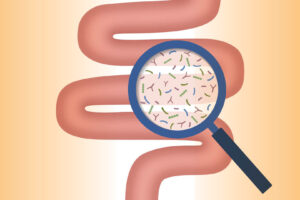No matter how old you are when your gynecologist delivers the news that you’ve had a “bad” pap, a feeling of dread and uncertainty overtakes you. But just how bad is that news? That depends.
Before the panic sets in, it’s important to understand what’s really going on when you have an abnormal result after a Pap, the screening that is used to diagnose cervical cancer.
What Does It Mean When You Have a “Bad” Pap?
Your OBGYN will use a Pap smear (or Pap test) as a screening tool to collect cell samples from the cervix. It is then sent to the lab for further analysis to determine the presence of any cancerous or pre-cancerous cells or for human papillomavirus (HPV), the virus that causes cervical cancer. The doctor also uses the opportunity to look for any visible changes to the cervix since the last exam or test.
Results that come back showing the presence of HPV or cancerous or pre-cancerous cells is what the doctor is referring to if you have a “bad” Pap.
The results from continued screenings over time help us determine the next course of action to protect you and your cervix.
In most cases, an HPV infection resolves on its own without any signs, symptoms or impact on long-term health. Pap smears that consistently reveal the presence of bad cells, however, indicate that further observation, additional tests, and treatments may be necessary depending on your age and other potential risk factors.
What Are the Warning Signs of HPV or Cervical Cancer?
Most of the time, HPV or the presence of pre-cancerous cells in the cervix is only discovered with the results of an annual Pap smear; however, pain or bleeding after sexual intercourse can also be indicative of a problem with the cervix.
Does HPV Automatically Lead to Cervical Cancer?
The good news is that the presence of HPV alone does not set you on a course for a cervical cancer diagnosis.
Of the millions of women who contract HPV each year, few end up with cancer of the cervix. In fact, there are more than 100 different strains of HPV. Of them, 14 have the potential to be cancer-causing and just two of them make up 70% of all cervical cancer cases.
The longer the presence of those cells, though, the higher the risk that pre-cancer can become cancer.
Note though, that the bodies of women with compromised immune systems and women who smoke have a harder time suppressing the virus and are therefore at higher risk for the development of cervical cancer.
Prevention and Treatment
The best way to prevent HPV and, therefore, cervical cancer is to get vaccinated against it. It is recommended that both girls and boys get their first vaccine between the ages of 11 and 12. Medical insurance generally covers the vaccine up to the age of 26, but it can be administered to women at any age.
As screenings are often the first line of defense against cervical cancer, the next best thing to the vaccine is to keep up with annual OBGYN exams, get regular screenings and follow the doctor’s orders for additional tests when and if you receive a “bad” pap result.
Charlsie Celestine, MD, is a physician at Women’s Health Specialists of CentraState in East Windsor. She is board-certified in obstetrics and gynecology.





